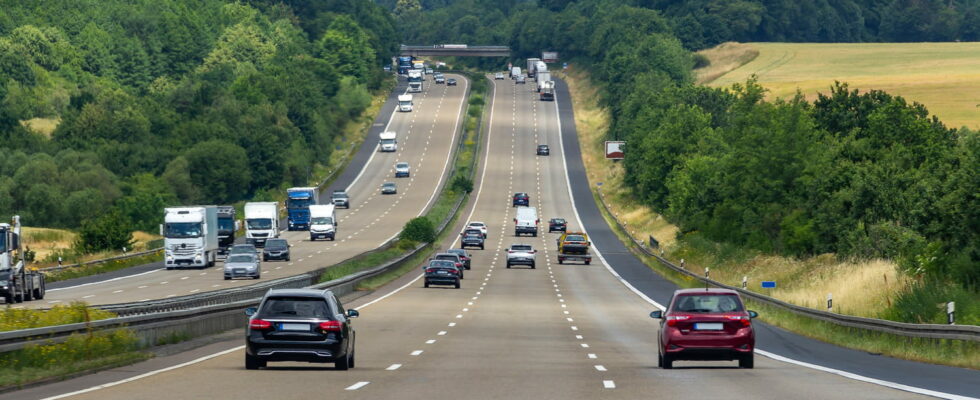Even if they are in the minority, several French highways are free, entirely or by portions. It is important in using them for your trips, especially since they go through magnificent landscapes.
When we talk about highways in France, we inevitably think of tolls. However, and few people know it, it is possible to do nearly 3,000 km on French motorways without having to pay the least must pass. Indeed, out of the 11,000 km of the national motorway network, around 2,500 km (almost 25 % of the total) are completely free, compared to around 8,500 km paid.
Managed directly by the State, these fast ways constitute an excellent solution for motorists wishing to reduce their travel costs by avoiding the often very high costs of tolls, especially as they are as well maintained and as safe as the roads conceded to commercial companies. Icing on the steering wheel, they often make it possible to discover little -known and less frequented regions than others, while admiring sumptuous landscapes, especially in mountainous regions
Among the most emblematic free routes are the A75, nicknamed “La Méridienne”. Connecting Clermont-Ferrand to Béziers, crossing the Massif Central, it constitutes a strategic axis for the North-South journeys. Only the section of the famous Millau viaduct remains at toll due to its high maintenance cost – but its crossing is really spectacular.
Brittany is an exceptional in France with a full -free network of fast tracks, and equivalent to paid highways, even if they are stamped “national roads”. Since 1969, all the Breton express roads, such as the N12 connecting Paris to Brest, have been accessible free of charge. This historic decision aimed to open up the region and facilitate its economic development.
The south of France is not to be outdone with the A63, which links Biarritz to the Spanish border, or the A68, free between Toulouse and Albi. These highways facilitate travel in tourist areas and help avoid tolls while enjoying a quality road network. The A20, nicknamed “L’Occitane”, is also free on most of its career, especially between Vierzon and Brive-la-Gaillarde, making it an interesting option for journeys to the Southwest.
Finally, on the outskirts of major agglomerations such as Paris, Lille or Lyon, many portions of highways and Rocades are also free. The Parisian ring road or the A25 between Lille and Dunkirk thus offer free-cost alternatives to circumvent the often saturated city centers.
Admittedly, it is not possible today to cross the whole of France using exclusively free highways. And some fast links such as Lille-Marseille or Bordeaux-Lyon remain reserved for paid roads. But by combining national roads and free highways, you can still travel the country without going through the toll box, even if it means driving slower. It will be necessary to wait for political decisions to put an end to the concessions granted to private companies and offer free highways for individuals as in Germany or Spain.
